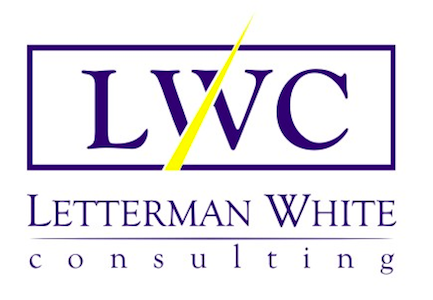In today's fast-paced business environment, effective meetings are crucial for driving progress and fostering collaboration. Yet, many organizations struggle with meetings that feel unproductive, repetitive, or even toxic. To address these challenges, design and run your meetings with best practices that promote clarity, engagement, and respectful debate. Drawing insights from Phillip G. Clampitt's recent article on post-meeting dynamics in the MIT Sloan Management Review and combining it with the advice we’ve given our clients for years, here are some key approaches to enhance your meeting effectiveness.
1. Establish Clear Objectives
Successful meetings are built on a foundation of clear objectives. Before scheduling a meeting, define its purpose: What do you aim to achieve? Clear objectives help participants understand the meeting's importance and stay focused on the desired outcomes. Communicate the purpose in advance to ensure attendees come prepared and engaged. This approach aligns with Clampitt's emphasis on improving meeting choreography to minimize post-meeting misunderstandings and speculations.
2. Curate the Attendee List
Invite only those who can contribute meaningfully to the discussion. In line with Clampitt’s overarching theme of avoiding the unproductive and unhelpful after meeting meeting, he notes that larger meetings increase the likelihood of divisive after-meetings. Keeping the attendee list concise ensures the meeting remains focused and productive. If you want everyone to feel engaged and included, invite only those who have something important to contribute to the meeting's purpose and outcomes.
3. Encourage Respectful Debate
Fostering an environment where respectful debate is encouraged can significantly reduce the need for post-meeting discussions by clarifying uncertainties and building a supportive workplace climate. Leaders should actively solicit diverse perspectives and create a safe space for employees to voice their opinions. Building strong relationships among participants can further enhance the quality of discussions and decisions.
4. Use Effective Communication Strategies
During the meeting, leaders should aim to connect the dots for participants, helping them make sense of the information presented. Provide clear explanations and encourage questions. The meeting leader is responsible for creating a detailed agenda that provides direction and sets expectations, including the purpose, outcomes, and necessary advance preparation.
5. Address Emotional and Personal Concerns
Meetings can sometimes evoke strong emotions and personal concerns. Skilled leaders should acknowledge these feelings and depersonalize concerns to maintain a collaborative atmosphere. As Clampitt suggests, addressing vague or unhelpful sentiments during the meeting can prevent them from festering in post-meeting discussions.
6. Implement Routine Protocols for Communicating Change
Change announcements often spark post-meeting debates. Leaders can mitigate this by addressing key factors such as the decision's rationale, its alignment with organizational goals, and its impact on employees. By thoroughly explaining these aspects, leaders can reduce uncertainty and increase buy-in, as emphasized by Clampitt. Establishing clear roles and responsibilities during the meeting can also help ensure smooth implementation of decisions.
7. Enhancing Group Dynamics
Group dynamics play a crucial role in the success of any meeting. Effective leaders understand that building a culture of resilience and learning within the group is essential. This means fostering an environment where members feel empowered to act and adjust their actions as part of a continuous learning process. Encouraging critical and creative thinking, promoting emotional intelligence, and guiding how team members use their feelings strategically are vital to improving group dynamics. By integrating coaching techniques and emphasizing capacity building, leaders can help their teams navigate complex decisions and enhance productivity and innovation.
8. Virtual Meetings
Virtual meetings come with obstacles absent in face-to-face meetings, such as difficulties in forming strong relationships and maintaining attention. To counter these challenges, use names to keep people attentive and add more details to your written agenda to guide preparation and participation. Check for understanding throughout the meeting to ensure clarity and alignment.
Conclusion
By adopting these best practices, leaders can transform meetings into powerful tools for driving progress, fostering collaboration, and building a positive workplace culture. Effective meetings not only achieve their immediate goals but also lay the groundwork for long-term success and organizational resilience. Effective meetings require careful planning, clear objectives, and a focus on building strong relationships and effective communication.
By integrating these practices, your organization can create a meeting culture that drives success and minimizes the negative dynamics often associated with post-meeting discussions.

